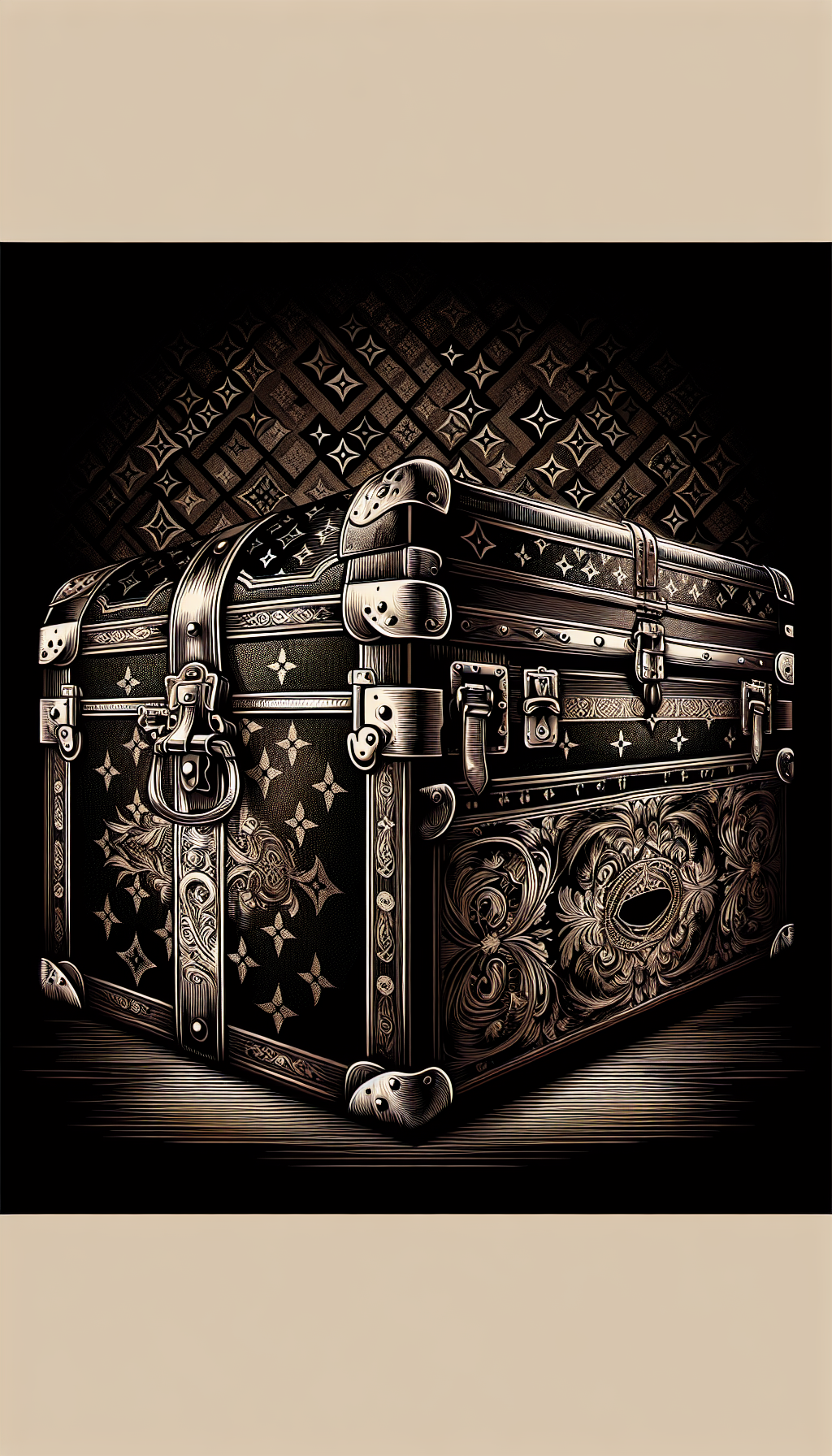Unlocking The Worth Of Magic The Gathering Art Cards An Investors Guide To Mtg Art Card Values
Magic: The Gathering (MTG) is more than a card game—it’s one of the largest living art catalogs of the last three decades. From oil-on-board originals to white-backed Artist Proofs and the pack-in set Art Cards, the market now offers multiple entry points for antiques and art appraisal enthusiasts. This guide breaks down what qualifies as “MTG art cards,” how to determine value, what price ranges to expect, and how to buy or sell confidently as an investor.
MTG Art Cards: What They Are and How They Differ
The phrase “MTG art cards” is used broadly in the hobby. Distinguishing categories is the first step to an accurate appraisal.
Set Booster Art Cards
- Full-art postcard-style inserts found in Set Boosters. They feature the illustration from a card and a printed back with set/credit details.
- Variants include a gold-foil facsimile artist signature stamp on the front. This stamp is not a hand signature.
- Some collectors later obtain hand signatures from the artist, which meaningfully changes value.
Artist Proofs (APs)
- Special, limited runs provided by Wizards to the artist: non-foil and, for modern sets, foil APs.
- White-backed (blank) or near-blank backs, often hand-numbered by the artist. Typical quantities are small—often on the order of a few dozen per version, varying by era and contract.
- Artists may sell them unsigned, signed, or with an original sketch on the back. Sketch APs are unique and command premiums.
Original Art (Paintings and Drawings)
- Traditional media pieces used for card art: oil, acrylic, watercolor, ink, mixed media. Sold directly by the artist or via rep/galleries.
- Many modern MTG illustrations are digital; in those cases there may be no physical “original” painting. Some artists offer one-of-one embellished prints to fill that gap.
Prints and Giclées
- Open-edition prints, limited numbered giclées, and special editions (embellished, remarque, or metallic).
- Value depends on edition size, artist reputation, image selection, and whether the print is numbered/signed.
Signatures and In-Person Variants
- Hand signatures on Set Art Cards, Artist Proofs, and regular MTG cards.
- Sketches, doodles, and remarques by the artist add uniqueness and typically increase value.
Understanding where your piece sits in this taxonomy drives the next steps: authentication, condition assessment, and comparable sales research.
The Value Drivers That Move Prices
MTG art values hinge on a blend of fine art fundamentals and TCG-specific dynamics. Key levers include:
Artist Reputation and Availability
- Foundational early-era artists and widely loved stylists attract cross-collector demand.
- Scarcity of signatures (deceased or retired artists, limited travel) increases premiums.
Subject and Card Iconicity
- Art tied to iconic cards, commanders, planeswalkers, or culturally resonant scenes carries a consistent bid.
Medium and Uniqueness
- One-of-one original paintings sit at the top of the hierarchy.
- Among paper items, unique elements (hand sketches on APs, remarques, personalized notes if the market favors them) add value.
Signature Type and Placement
- Gold-foil signature stamps on Set Art Cards are factory-printed and add only modest value.
- True hand signatures, especially with date or inscription, are a stronger premium; sketches amplify that further.
Edition Size and Release Channel
- Artist Proof quantities are low, especially for older sets; foil APs are typically scarcer than non-foil.
- Numbered giclées with documented edition sizes tend to outperform open editions over time.
Condition and Presentation
- For cards: corners, edges, surface, and signature integrity (no smearing, no bubbling on foils).
- For originals/prints: absence of UV fade, foxing, creases, scuffs, or non-archival framing damage.
Era and Aesthetics
- Old-school frames and early set aesthetics carry nostalgia premiums.
- Distinct signatures of style (e.g., ethereal, gothic, painterly realism) attract loyal followings.
Provenance and Documentation
- Invoices, emails, COAs from the artist/rep, and event photos bolster confidence and liquidity.
- For older works, a chain of custody adds real appraisal weight.
Market Catalysts
- Reprints, Commander spikes, competitive play visibility, Secret Lair themes, and artist features can trigger demand surges.
Liquidity Profile
- Pack-in Art Cards are liquid but low-value; Artist Proofs and signed/sketched items are mid-liquidity; original paintings are valuable but thinly traded.
Price Benchmarks and How to Read the Market
While prices vary by artist and subject, the following ranges are a practical starting map:
Set Booster Art Cards
- Unstamped, unsigned: bulk to roughly low single digits for popular art.
- Gold-foil signature stamped (factory): modest premium, commonly a few dollars for desirable images.
- Hand-signed by the artist: often $15–75 depending on artist scarcity and image popularity; more for legacy artists or highly iconic art.
Artist Proofs (APs)
- Modern non-foil APs: roughly $30–100 for mid-tier subjects; premium characters and sought-after artists trend higher.
- Foil APs (where applicable): often $80–250+ depending on scarcity and image demand.
- Older-era APs (early-to-mid 1990s): commonly hundreds; truly iconic cards can reach four figures.
- APs with original sketch: add a significant premium—often $100–400+ over the base AP; exceptional sketches on iconic subjects climb further.
Prints and Giclées
- Open-edition prints: typically $20–60.
- Numbered giclées or embellished editions: $100–300+, with top-tier artists and famous images commanding more.
Original Paintings and Drawings
- Modern mid-tier subjects by respected artists: approximately $2,000–10,000.
- fan-favorite or format-defining subjects and legacy artists: $10,000–50,000+.
- Historic or culturally defining pieces can exceed that range, but such sales are rare and highly specific.
Reading the market:
- Watch cycles: prices often cool after set hype, then stabilize; anniversaries, format spikes, or artist spotlights can reignite demand.
- Liquidity vs. peak price: original paintings may require patience and the right venue (specialist auction or private sale) to achieve best outcomes.
- Stamps vs. signatures: factor the difference carefully; factory-stamped Art Cards do not equal a hand signature.
- Comps need discipline: compare like-for-like—same artist, same item type, similar condition, similar signature/sketch status, and recent sale dates.
Investment-minded strategies within this context:
- Buy the image and artist, not the news cycle. A beloved composition by a blue-chip MTG artist usually outperforms trend-chasing.
- Favor documented scarcity (sketched APs, numbered giclées, one-of-one originals).
- Build relationships with artists for early access to AP drops, sketches, and commission lists.
- Plan exits: liquid items (signed Art Cards) are better for short-term flips; originals and top APs suit longer holds and curated sales.
Appraising and Buying: A Professional Workflow
Use a repeatable process to produce reliable valuations and reduce risk:
- Classify the Asset
- Identify whether you have a Set Booster Art Card, AP (foil/non-foil), print/giclée, or original.
- Record set, artist, subject, and any notable traits (stamped, hand-signed, sketched, numbered).
- Authenticate
- For Set Art Cards: distinguish gold-foil stamp (factory) from real hand signature. Under magnification, foil stamping sits with uniform sheen; hand ink shows stroke variation.
- For APs: verify white/blank back and artist numbering conventions; confirm with the artist’s known practices when possible.
- For signatures/sketches: seek provenance—artist COA, event photos, invoices. Compare signature form against known examples.
- Condition Assessment
- Cards: inspect corners, edges, surface, and signature integrity. Note any smudges or silvering on foils.
- Prints: check for UV fade, ripples, handling dents, border discoloration, and proper numbering.
- Originals: look for craquelure, abrasion, inpainting; evaluate frame quality and whether materials are archival.
- Research Comparable Sales
- Prioritize recent sales (last 3–6 months) for liquid items; allow a longer window for originals and rare APs.
- Match apples-to-apples: same artist, category, signature/sketch status, and similar subject weight.
- Look across venues (auctions, dealer asks, private sales if documented) and triangulate.
- Adjust and Select Value Standard
- Adjust comps for condition, edition size, and unique features (sketch detail, personalization).
- Choose fair market value (FMV) for estate/tax and general appraisal; use retail replacement value (RRV) for insurance.
- Price and Negotiate
- For buying: target 10–25% below FMV on mid-tier items to build margin; original art may require near-FMV to secure.
- For selling: choose venue based on item—bulk Art Cards via broad marketplaces, APs via artist-focused channels, originals via specialist reps/auctions.
- Preservation and Handling
- Cards: use penny sleeves plus semi-rigid/toploaders; store in cool, dry conditions (about 40–55% RH). Avoid direct sun.
- Prints/originals: frame with UV-filter glazing, 100% cotton rag matting, and acid-free backing; keep out of sunlight.
- Autographs: avoid pressing fresh signatures; let solvent-based inks cure before sleeving.
- Document Everything
- Keep invoices, emails, event notes, COAs, and high-resolution photos. Good paperwork improves liquidity and supports higher valuations.
Practical Checklist
- Identify the item type: Set Art Card, AP, print/giclée, or original.
- Verify authenticity: distinguish factory stamp vs hand signature; confirm AP traits.
- Assess condition under good light and magnification; note any defects.
- Capture full metadata: artist, set, subject, edition numbers, sketch details.
- Gather provenance: COAs, receipts, correspondence, event records.
- Pull recent, like-for-like comps; filter by signature/sketch and condition.
- Choose valuation standard (FMV vs RRV) and apply condition/rarity adjustments.
- Decide venue: broad marketplace (liquid), specialist dealer or auction (rare/high-end).
- Protect the asset with archival materials and UV-safe storage or framing.
- Set exit strategy and review market catalysts before listing.
FAQ
Q: Are the gold-foil signatures on Set Booster Art Cards real autographs? A: No. They are factory-applied facsimiles. They add a modest premium over unstamped Art Cards, but far less than a true hand signature.
Q: What exactly is an Artist Proof, and why are APs valuable? A: APs are limited, white-backed versions supplied to the artist. Quantities are small relative to mass-printed cards, and the artist often signs or sketches on them. Scarcity plus direct artist involvement drives demand.
Q: Should I grade MTG Art Cards or Artist Proofs? A: Grading can help if condition is pristine and you intend to sell to a broader card-collecting audience. However, for APs and signed/sketched items, collectors often prioritize the signature quality and sketch over a numeric grade. Weigh grading fees against likely value uplift.
Q: Do reprints hurt the value of MTG art pieces? A: Reprints can cut the price of the playable card but may actually renew interest in the underlying image. For APs, signed Art Cards, and originals, the art’s desirability and artist reputation typically matter more than reprint status.
Q: How much does a sketch increase value? A: A well-executed, themed sketch on an AP commonly adds $100–400+ over the signed-only version, with larger premiums for iconic subjects or renowned artists.
By classifying your item correctly, documenting authenticity, and using disciplined comps, you can appraise MTG art assets with the same rigor applied to traditional works on paper. Whether you are building a focused art portfolio or hunting for blue-chip originals, the market rewards knowledge, provenance, and patience.




